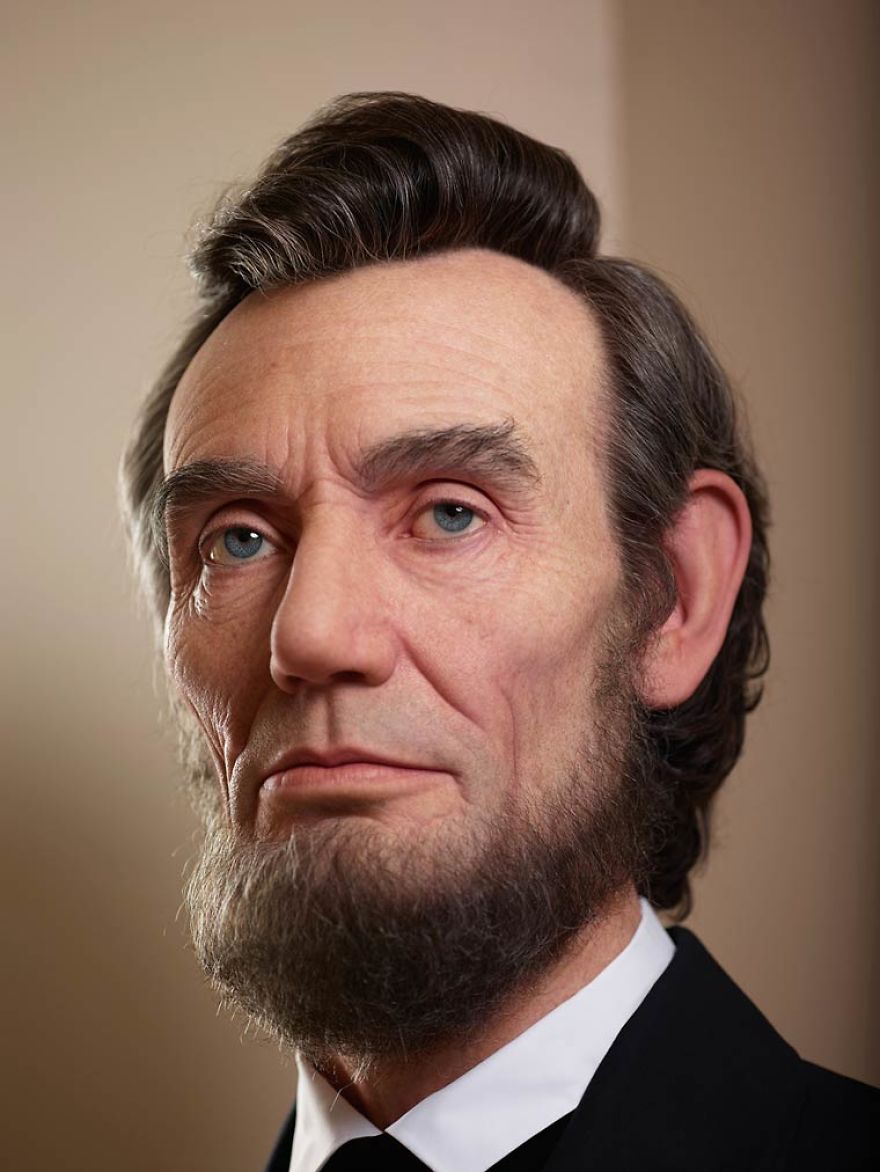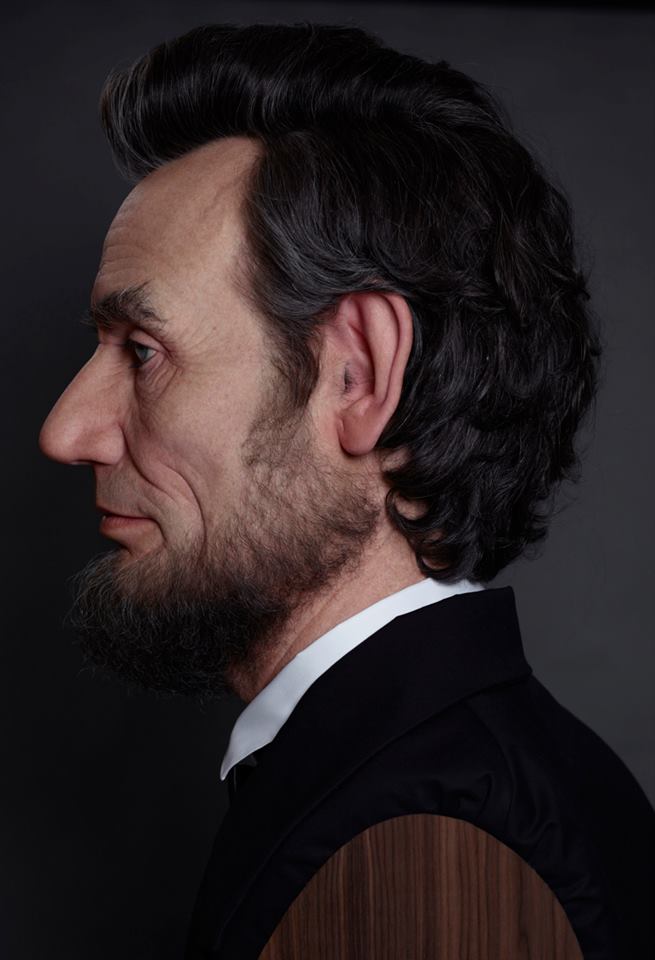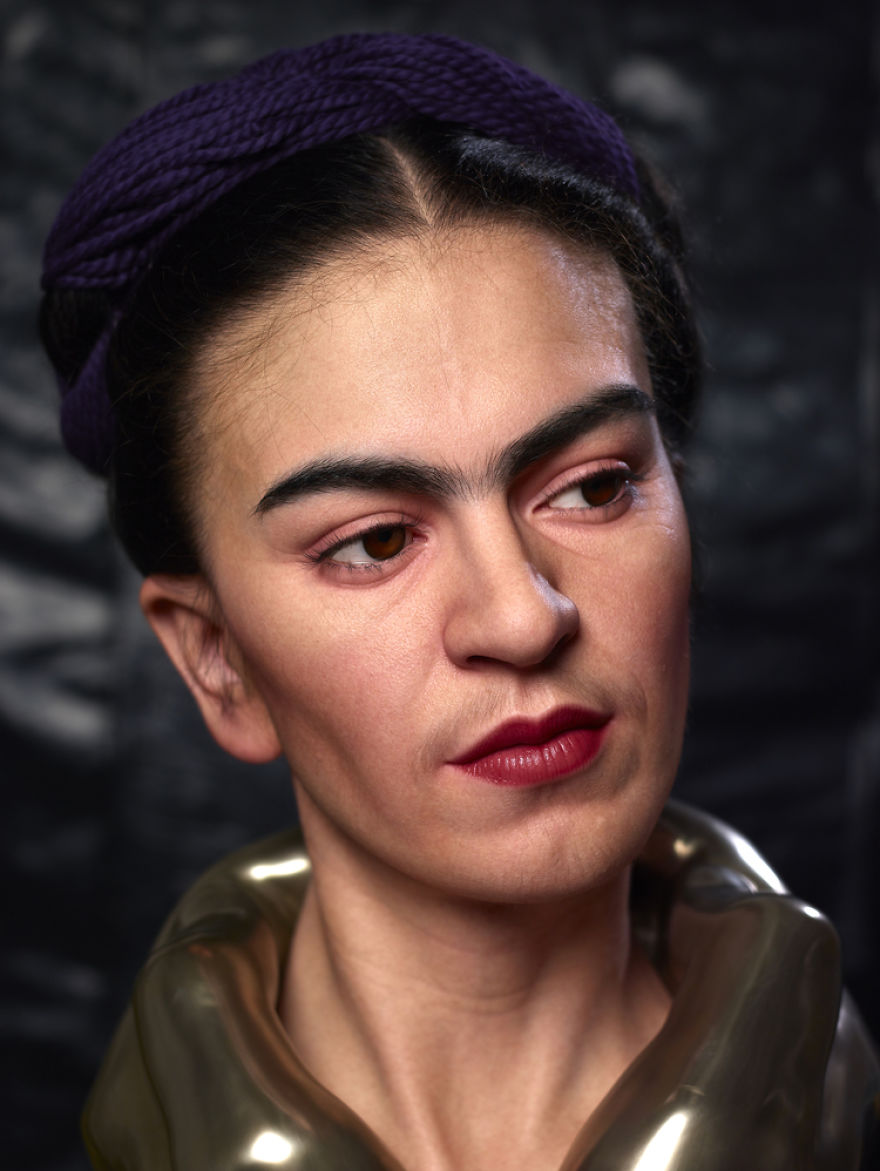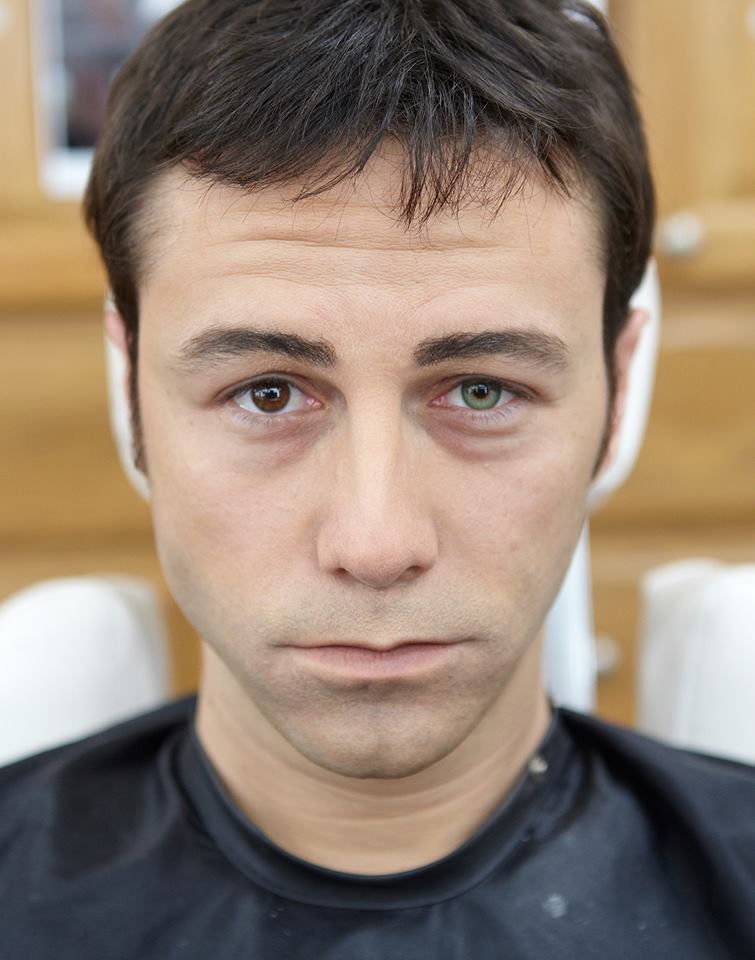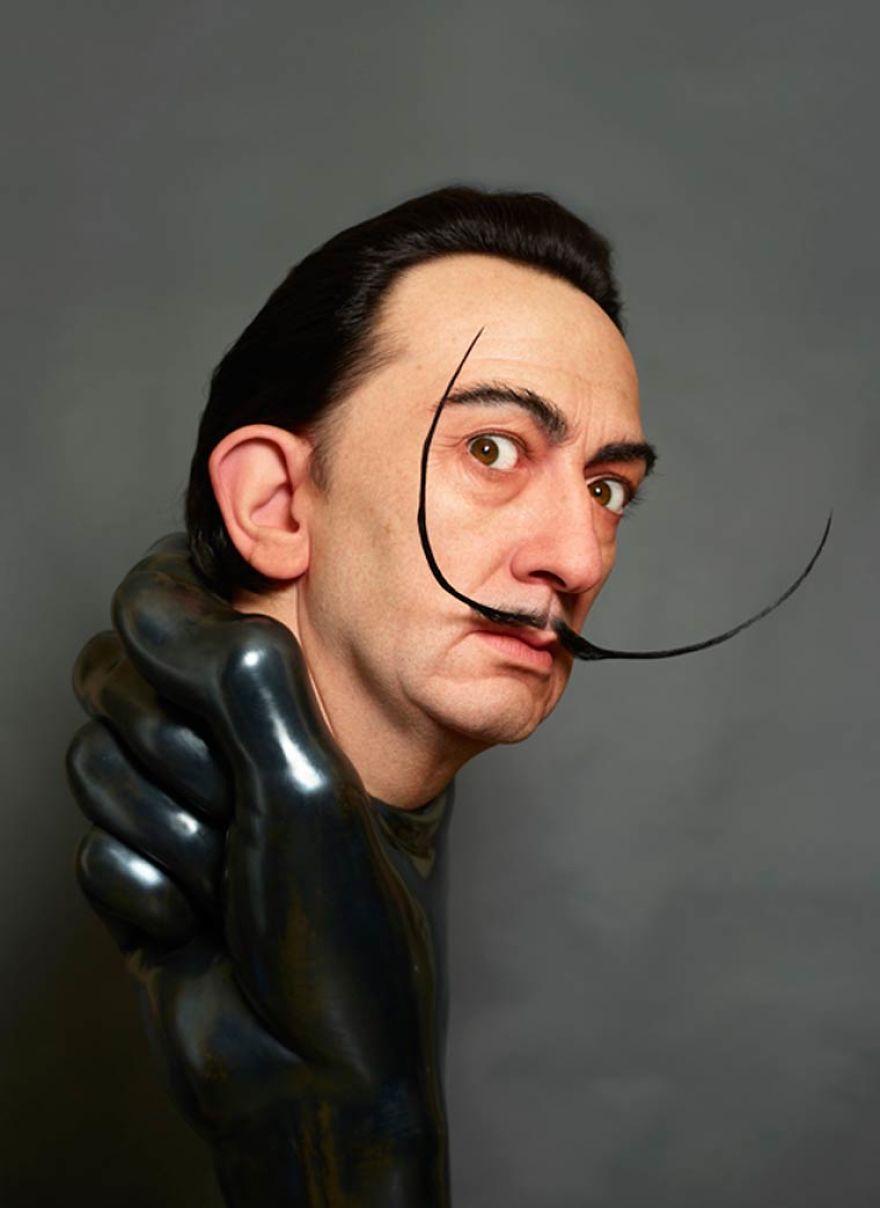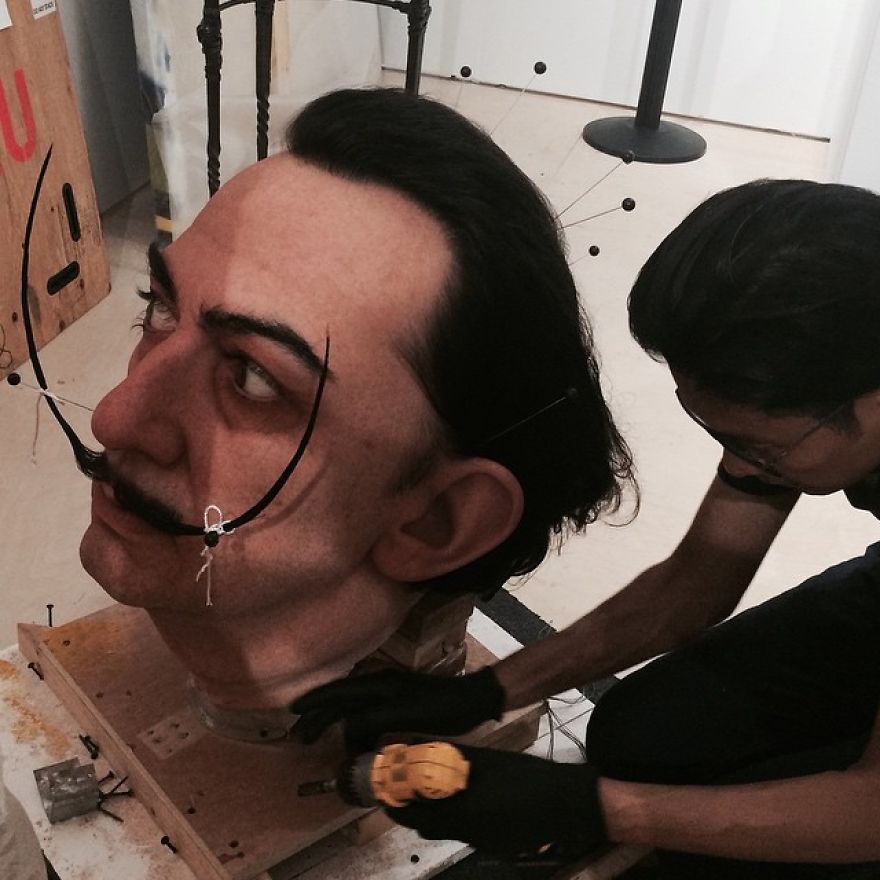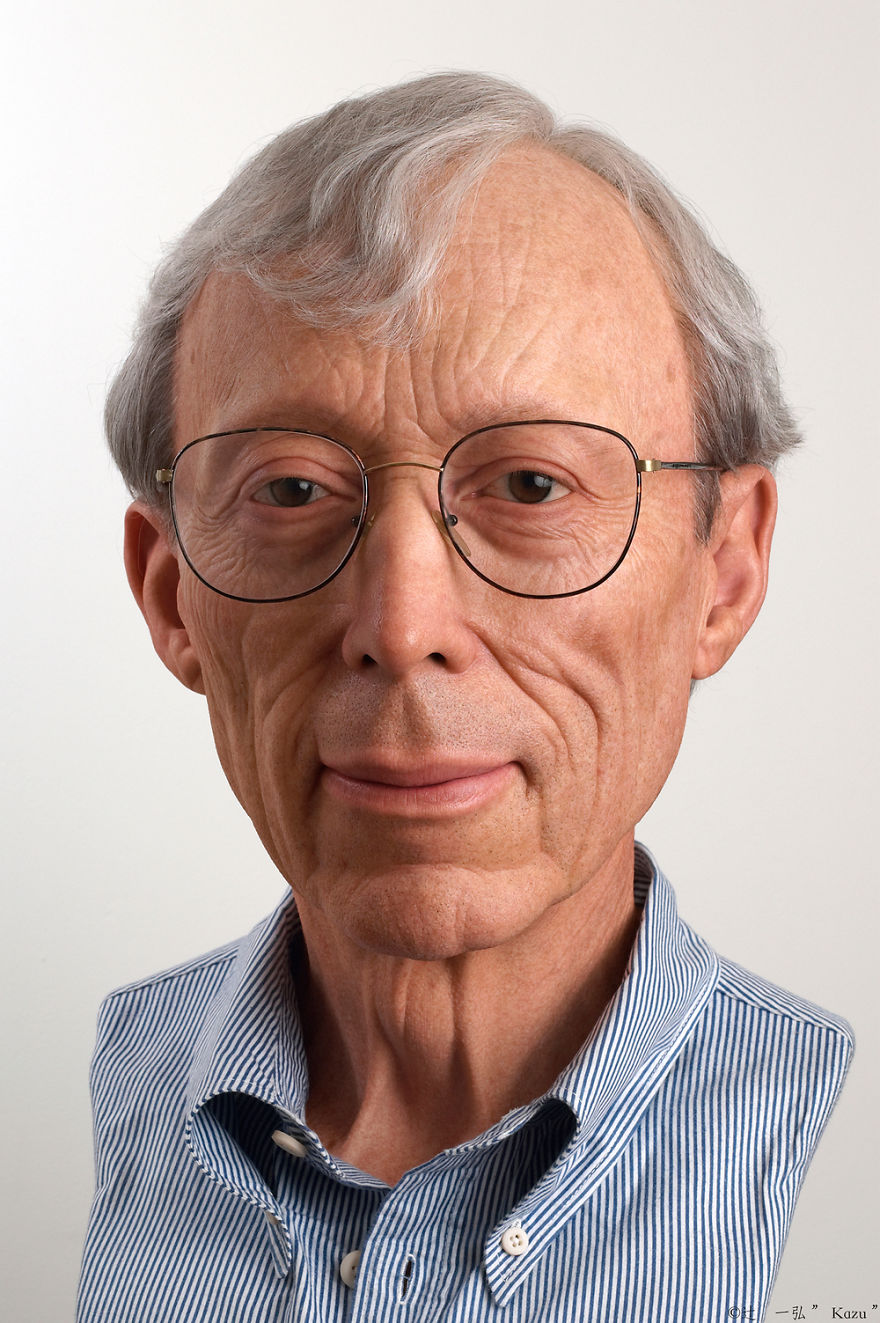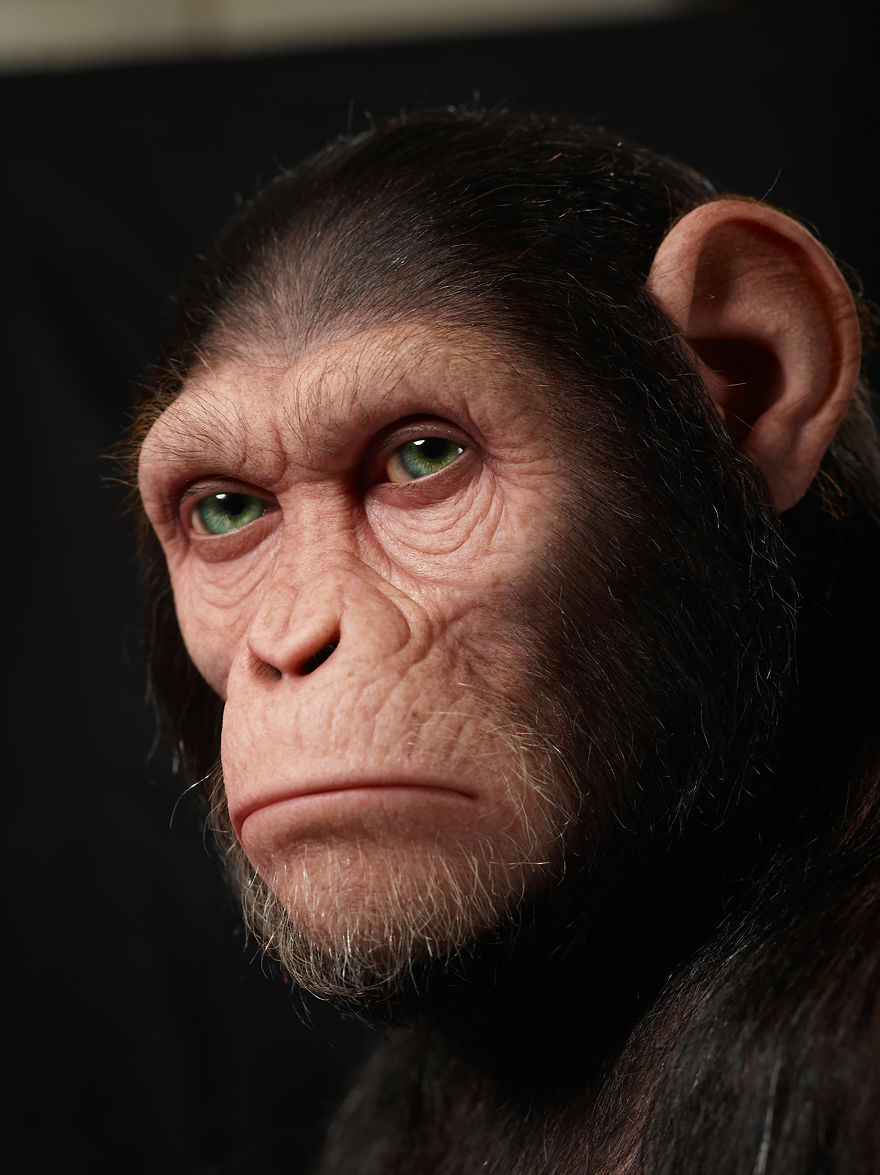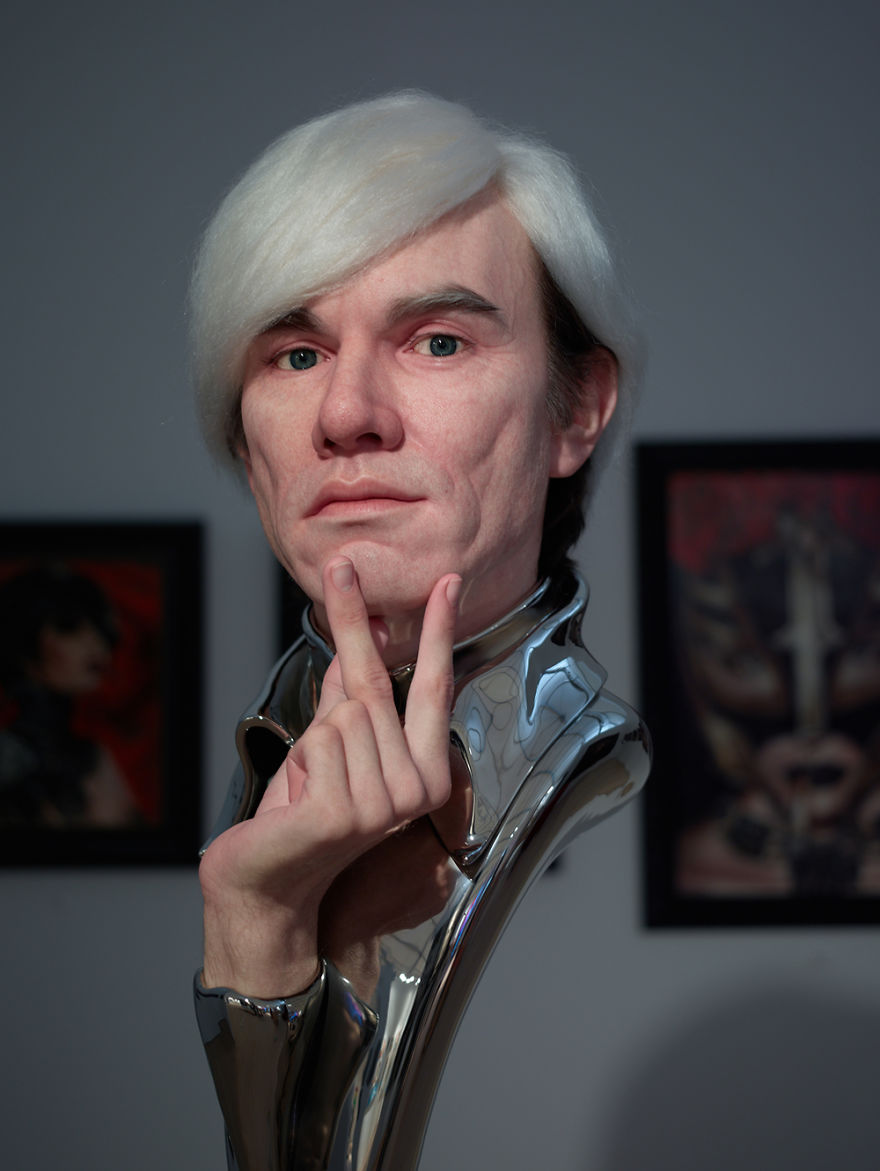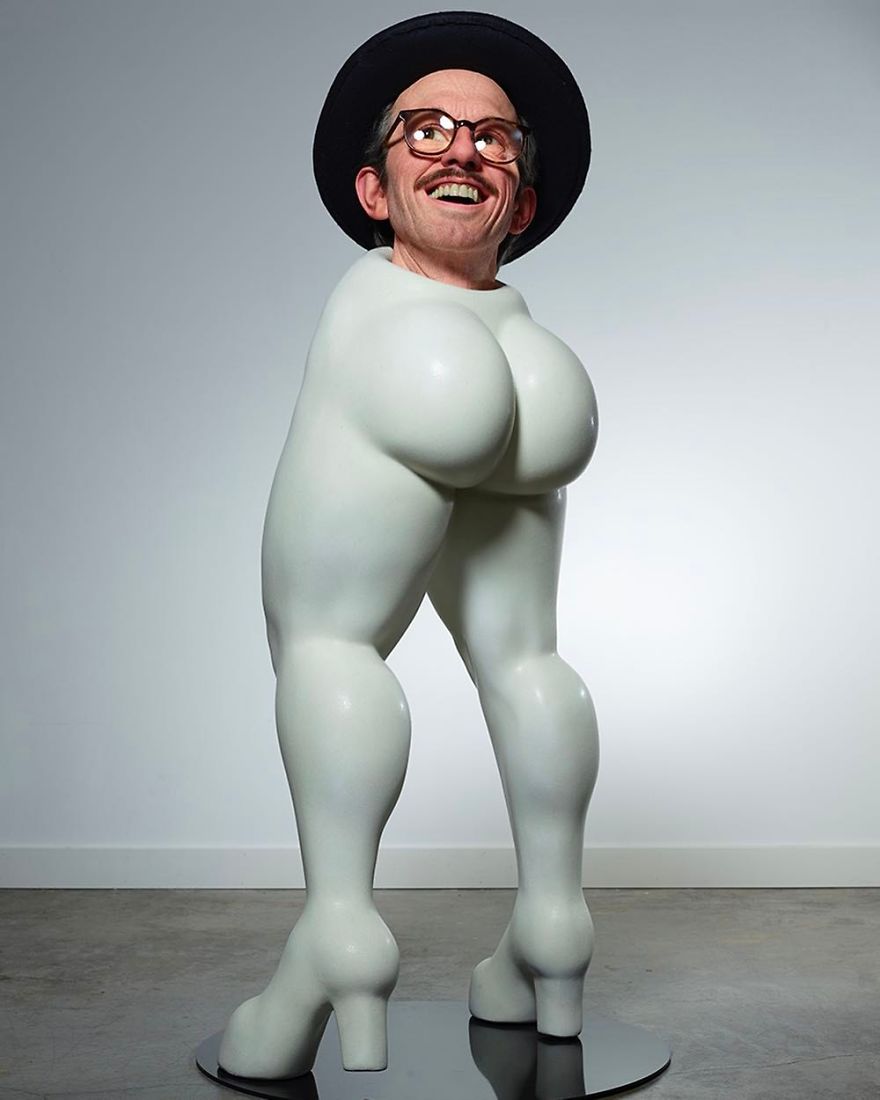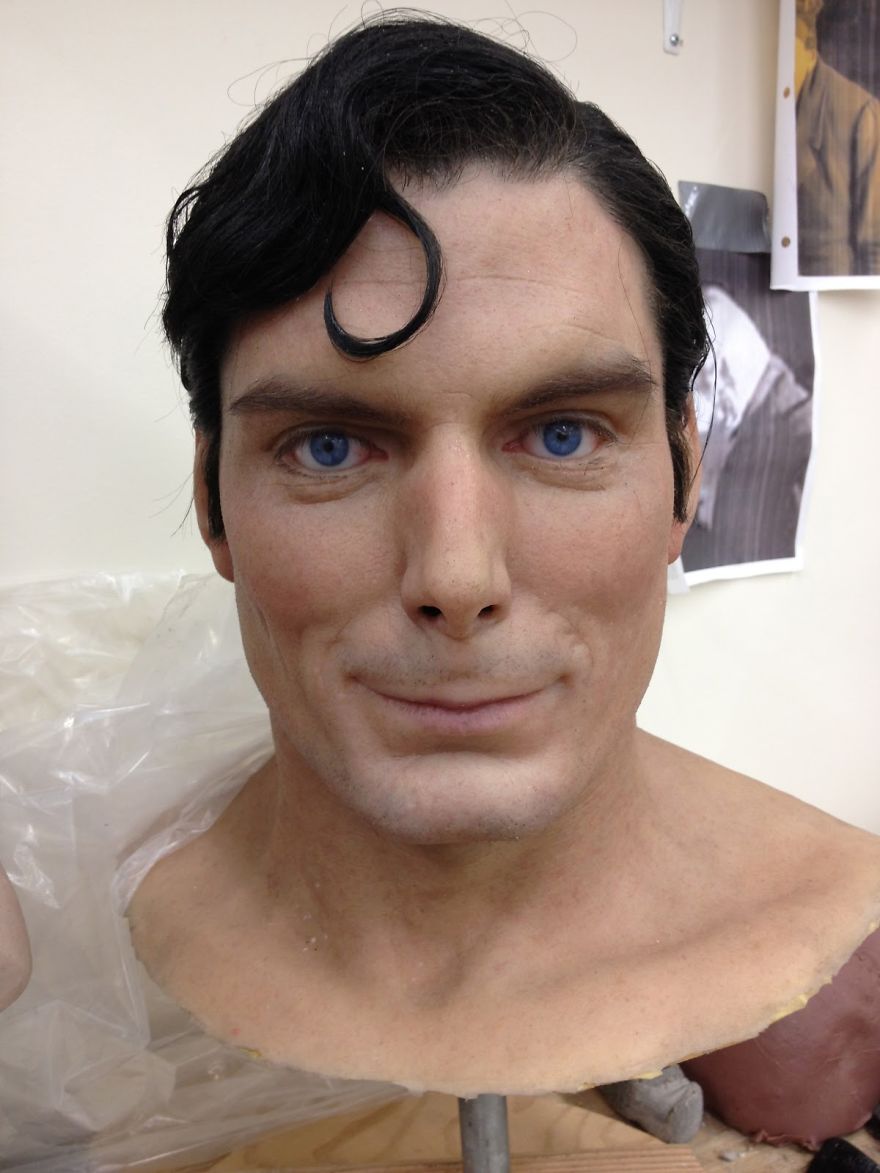Kazuhiro Tsuji’s sculptural masterpieces redefine the boundaries of hyper-realism by transcending mere likeness to captivate observers with a profound psychological depth. These sculptures, such as the eerily lifelike depictions of Frida Kahlo and Abraham Lincoln, are more than mere representations; they are explorations of human emotion and thought. Tsuji, a Tokyo-based virtuoso, meticulously infuses his work with an ethereal quality that suggests life itself breathes within the silicone layers. His meticulous attention to detail — down to the faintest wrinkle, the glisten of an eye, or the tension in a jaw — reveals an understanding of not just the physical likeness but the nuanced emotional spectrum that each figure conveys. Through his work, Tsuji invites us into an intimate dialogue with the sculpted subjects, encouraging us to ponder the untold stories behind those nearly animate expressions.
In the realm of sculpture, Tsuji’s creations stand as silent films in which a slight tilt of the lip or a subtle furrow of the brow invites a multitude of interpretations. He masterfully orchestrates a play of ambiguities, where the expressions of his figures hover between various emotions, almost as if they’re caught in a moment of profound introspection. This nuanced artistry is an expression of Tsuji’s philosophy: to create with empathy and evoke curiosity. Each work becomes a portal into the complex psyches of historical figures and characters, where viewers are not merely passive observers but active participants in uncovering the narrative woven into the facial nuances. The ambiguous yet vivid expressions offer a never-ending game of guesswork and contemplation, ensuring that Tsuji’s sculptures remain ever-engaging, enduringly enigmatic, and tantalizingly lifelike.
My aim is to sculpt portraits that go beyond capturing a likeness. I create these heads from the inside out, bringing to life the appearance of inner thought and emotion as I layer the silicone. Empathy serves as a primary guide to my process. I strive for a kind of reticence, an ambiguity that teases your curiosity to keep you guessing at what thoughts lurk behind those eyes. When a neutral expression is adjusted just right, it can trigger an illusion that the face is on the verge of sliding into different moods. It’s a kind of subtlety that serves as a mask hiding a complexity beneath.
Kazuhiro Tsuji
More info: Website, Instagram, Facebook.
